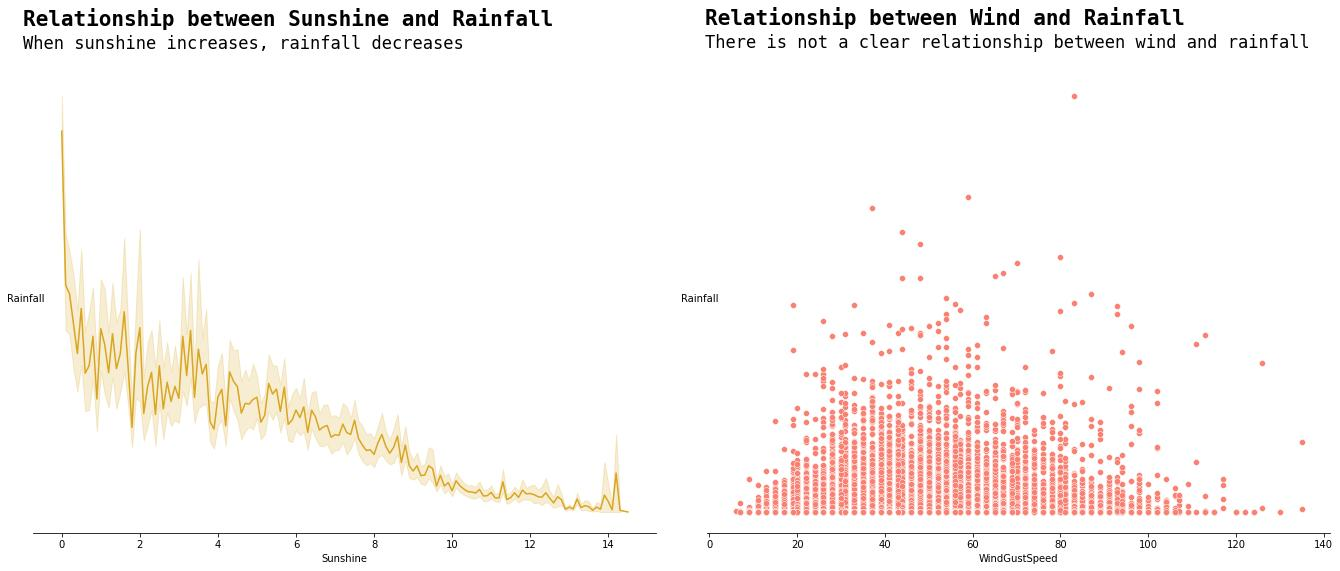IoT-Based Data Size Minimization Using Cluster-Based-Similarity- Elimination
DOI:
https://doi.org/10.17762/ijcnis.v15i2.6151Keywords:
Data Minimization, IoT Data Analytics, Data Real- Time Analytics, Machine Learning (ML), Classification Task, Data OptimizationAbstract
This paper proposes a new redundancy reduction approach for continuous data flow from IoT devices based on minimizing the size of IoT data using a novel cluster-based-similarity-elimination algorithm. The continuously flowing data from IoT devices are characterized by the existence of redundant records. This redundancy not only leads to the overfitting of models but also requires a large processing power because of the large number of records. Feature selection is a technique used to partially reduce the data and thus redundancy, however, this is not sufficient. Removing redundant data is considered of utmost importance because as smart city scenarios are implemented, flow data generation requires more advanced analytics to deal with the evolution and regrowth of the IoT environment. Thus, this study aims to minimize processing time while maintaining the best accuracy by minimizing data similarity, therefore addressing the overfitting problem, and saving time. The proposed approach minimizes the data size, considering the number of tuples. The effectiveness of the proposed approach was validated using various classification algorithms and evaluation metrics. The results show a significant improvement compared with traditional approaches, resulting in a reduction in the real-time classification execution time to only 9% of the original time. This approach can be used to optimize data size and achieve accurate results with a fast execution time while also addressing overfitting issues.
Downloads
Published
How to Cite
Issue
Section
License
Copyright (c) 2023 International Journal of Communication Networks and Information Security (IJCNIS)

This work is licensed under a Creative Commons Attribution-NonCommercial-ShareAlike 4.0 International License.




